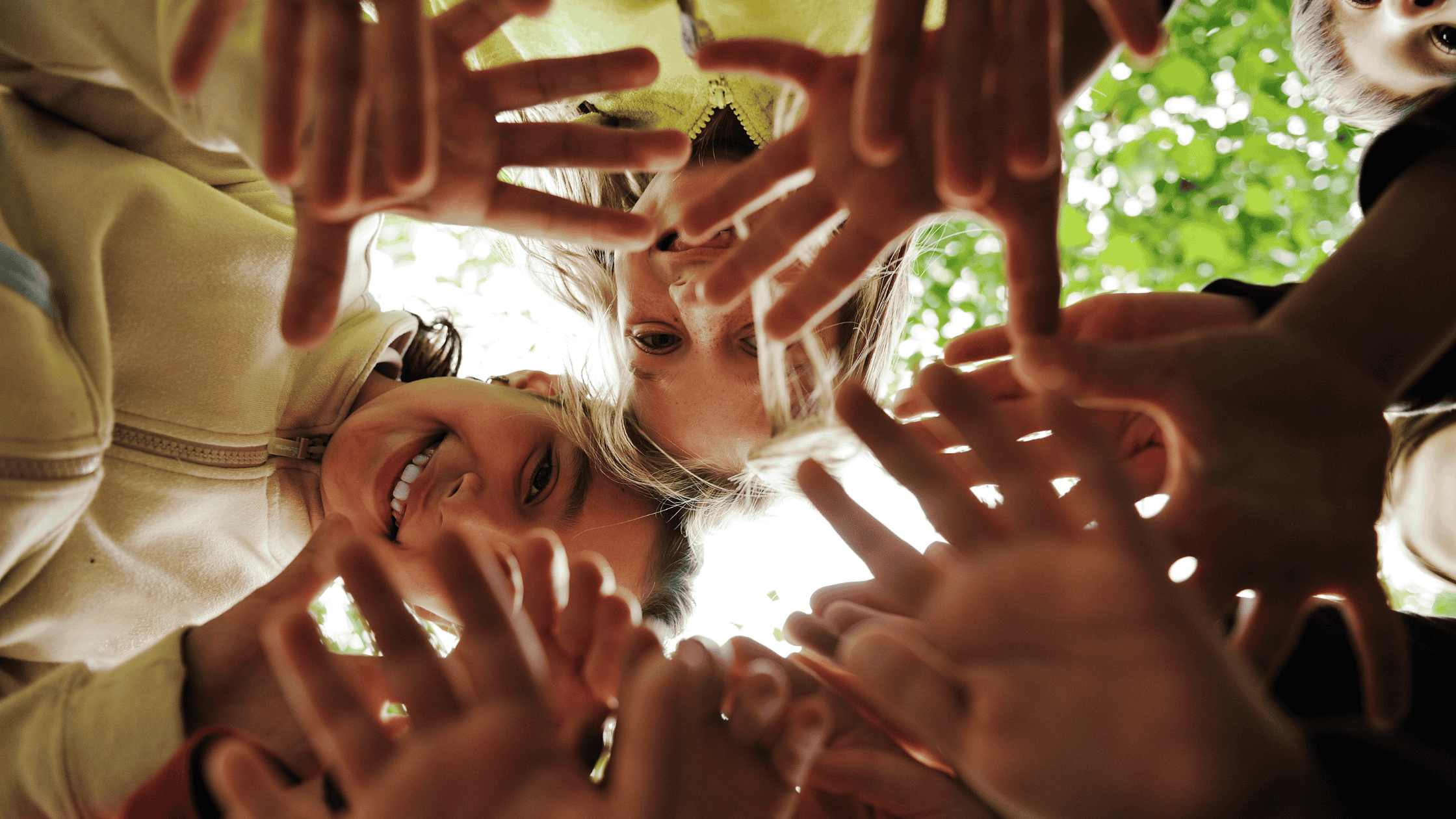Understanding and Managing Sensory Overload in Public Spaces

Public spaces are full of sights, sounds, smells, and sensations, from the bright lights of a shopping centre to the rumble of a passing train. For many children, these environments are stimulating and exciting. But for some, the sheer amount of sensory input can become overwhelming, leading to what’s often referred to as sensory overload.
Sensory overload comes down to the way a person experiences and processes the world around them. Just as some people prefer quiet cafés over bustling food courts, some children feel more at ease when their environment is less intense. The good news is that with understanding, preparation, and a few practical strategies, families can help children navigate sensory-rich settings with confidence and comfort.
What is Sensory Overload?
Our senses – sight, sound, touch, taste, and smell – are constantly gathering information. For most people, the brain filters and organises this input automatically. But for some, sensory information arrives in a flood, without enough filtering.
In a busy public space, this might mean:
- Lights that feel too bright
- Sounds that seem too loud or layered
- Strong smells that are distracting or unpleasant
- Crowds and movement that make it hard to focus
When sensory input exceeds what feels manageable, a child may become anxious, withdrawn, or distressed. This is sensory overload – and it’s the body’s way of signalling that it’s reached its limit.
Recognising the Signs
Sensory overload looks different for every child, but common signs include:
- Covering ears or eyes
- Seeking physical comfort, like holding a parent’s hand tightly
- Difficulty speaking or responding
- Increased irritability or restlessness
- Trying to leave the environment quickly
Recognising these signs early can make it easier to respond before the situation becomes overwhelming.
Strategies for Navigating Sensory-Rich Environments
Families can support children by planning ahead, offering choices, and creating moments of calm during outings. Here are some strategies that can help:
- Plan Visits During Quieter Times
Many public spaces have quieter periods. Shopping centres, for example, may be less crowded on weekday mornings. Public transport might be calmer between peak hours. Visiting during these times can reduce noise and crowding, making the environment easier to manage.
- Prepare Together
Talk about the outing ahead of time so your child knows what to expect. Describe the sights, sounds, and activities they might encounter. Visual schedules, photos, or short videos of the location can help children feel prepared and less anxious about unfamiliar settings.
- Bring Comfort Items
Familiar objects can offer reassurance. This might be a small toy, a favourite hat, or a sensory tool like a fidget spinner. Noise-reducing headphones, sunglasses, or a weighted lap pad can also help make the environment more comfortable.
- Identify Quiet Spaces
Before you go, find out if the venue has designated quiet rooms or low-sensory areas. Even without a formal space, you can look for quieter spots – a bench away from foot traffic, an outdoor area, or a corner of a café – where your child can take a break if needed.
- Use Gradual Exposure
If a particular environment is challenging, consider building up exposure gradually. Start with short visits and slowly increase the time spent there as your child becomes more familiar and confident.
- Offer Choices and Control
Giving children some control over their experience can help them feel more secure. This might mean letting them choose which shop to visit first, or deciding when it’s time for a break.
- Practise Calming Strategies
Deep-breathing exercises, gentle stretches, or quiet activities like drawing can help regulate emotions during sensory overload. Practising these at home can make them easier to use in public.
Supporting Positive Experiences
It’s important to remember that public spaces offer valuable opportunities for learning, exploration, and fun. The aim isn’t to avoid sensory-rich environments altogether, but to make them accessible and enjoyable for every child.
You might:
- Celebrate small successes, like staying longer in a busy space than before.
- Incorporate enjoyable activities into outings, such as visiting a favourite park after shopping.
- Encourage social connections by meeting friends or family in manageable settings.
Over time, these positive experiences can build confidence and resilience, helping children feel more comfortable in a variety of environments.
Encouraging Community Understanding
Families can also play a role in fostering broader awareness of sensory needs. Simple actions like explaining sensory tools to curious onlookers, or giving feedback to venues about low-sensory options, can help create more inclusive spaces. Many organisations are already introducing initiatives like “quiet hours” or sensory-friendly events – showing that small adjustments can make a big difference.
Every child’s sensory profile is unique. Some seek out lots of sensory input, while others prefer gentler experiences. Neither is “better” – they are simply different ways of engaging with the world. By respecting these differences and adapting environments where possible, we can ensure that all children feel safe, supported, and free to explore.
Public outings don’t need to be a source of stress. With thoughtful preparation, responsive strategies, and an emphasis on comfort and choice, families can turn potential challenges into opportunities for growth, connection, and shared enjoyment.
Sensory overload is just one part of the diverse ways people experience their surroundings. Understanding it – and learning how to respond with empathy and flexibility – benefits not only children, but everyone in the community.
By planning ahead, offering comfort, and creating moments of calm as part of an early childhood intervention program, families can help children engage with the world on their own terms. And when children feel safe and supported, public spaces transform from overwhelming to become welcoming places where they can learn, play, and thrive.
Published On : August 27, 2025
Read more
Published On : August 28, 2025
Every child deserves the chance to thrive in an environment that recognises their individuality and nurtures their potential. For children with autism, success in childcare, kindergarten, and school often depends on the strength of the partnership between families and educators. When parents and teachers work together, children are supported consistently across the day, helping them to build confidence, manage challenges, and celebrate achievements.
Published On : September 2, 2025
Change can feel overwhelming, especially when it comes to the supports your child relies on. Recently, the Federal Government announced a new initiative called the Thriving Kids program, which is set to change how early intervention supports for children with developmental delay and autism are funded in the future. At the Lizard Centre, we know… Continue reading Thriving Kids Program: What Parents of Children with Autism Need to Know

